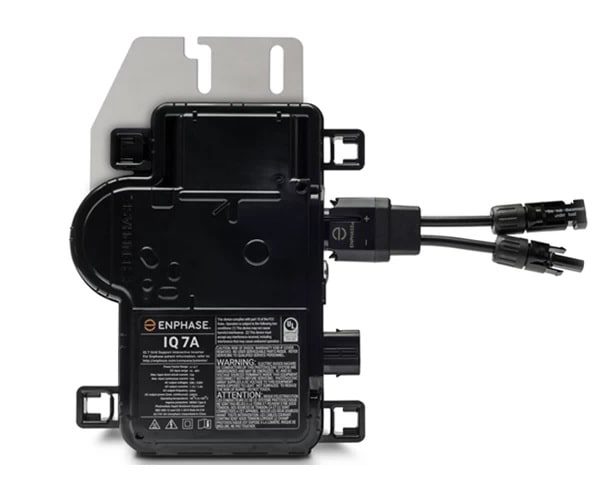Solar Energy: In the Know
Infinite. Clean. Renewable.
The sun is energy! No energy is comparable to the sun, a limitless source that can power generations after generations. Solar technology is the future!
Solar Energy 101
Solar energy generation is an advanced science, but Affordable Solar is here to help you learn a thing or two about how solar panel technology at home works.

Solar Energy Systems
Solar technology at home collects the sun’s energy and sends it to a Solar Inverter, which converts the energy to usable power, the electricity that we can use to power our appliances, lights, and all our devices.
Solar energy is the sun’s energy that we can capture using the photovoltaic effect. Some people call a solar system a photovoltaic system or PV system. The photovoltaic effect is solar cells absorbing sunlight and causing an electric charge. Solar panels produce DC current or direct current, which has to be converted into AC current or alternating current, which is how our electricity is delivered by the electric companies. A solar inverter is used to convert DC current to AC current, usable electricity for our homes and businesses.

Solar Panels
The cells on your solar panels absorb energy from sunlight. Circuits within the cells collect that energy and turn it into direct current (DC) electricity. The DC electricity is passed through a device called an inverter to convert it to the alternating current (AC) electricity used by most homes and businesses. You can use that electricity in your home, store it with a solar battery, or send it back to the grid.
2 Types of Solar Panels
There are two types of solar panels in use today, silicon and thin-film. The silicon solar panel is the type you see most on homes and buildings today. Silicon is processed into monocrystalline and polycrystalline solar panels. Each type has its pros and cons. We will help you decide which is best for your needs.
- Silicon is one of the most prominent materials used to create solar cells, taking up around 90% of the market. Considered a 1st generation panel, silicon types exist in monocrystalline, polycrystalline, and amorphous solar cell forms.
- Thin-film panels are a cheaper and more experimental solar panel type.
Confused? No worries! Affordable Solar is here to help you make the wisest choice once you decide to take a step toward getting solar technology at home.
Solar Inverters
Solar inverters take the DC power from the solar panels and “invert” the power to standard residential or commercial AC power. The inverter is the brain of the solar system; it inverts, controls, and monitors the solar power coming from your solar panels. There are several inverter options:


String Inverter with Optimizers
This system includes a power optimizer for each panel in the array, which add “panel level” monitoring to the string inverter. This system also optimizes each panel independently for maximum production, and no production is lost throughout the rest of the array even if one or more panels are shaded.
String Inverters
Centralized inversion from DC to AC. This is like a base-station for all the panels to feed. It only offers “system” level monitoring and cannot determine specific panel production or shading and production can be reduced.
Microinverters
Microinverters are attached to each panel and DC is converted to AC at the panel. The microinverters are optimizers and work well in places where some panels are shaded or different roof planes are used in the same array. Microinverters allow for maximum production for each panel and offer panel level and system level monitoring.
At Affordable Solar, we only design systems with the best and most reliable solar inverters which are the right fit for each client. From solar panels to solar inverters, Affordable Solar is here to guide you in making the best choices for your very own solar panels technology.
Just call us 512-649-1300 and we will make going green easier and a lot more fun for you!
